Vivien Bittencourt's photographs project a consciousness of time's passing, but they are not, as common parlance would have it, meditations, nor are they melancholic. Instead, they take time as the basis for life's passage, and they are able to observe great time spans with minimal emotional interference. From her series on the majestic umbrella pines, taken in the Villa Doria Pamphili in Rome in 2001-2, to her series of ancient olive trees in Puglia, to more recent series of cedars and olive trees in Lebanon, done in 2010, Bittencourt has been able to treat these living beings as actors, rather than as passive subjects for human contemplation. Partially, she achieves this through her method, which involves walking and using a hand-held 35-millimeter camera. Choosing an area in which to photograph, she makes her way through it until she finds appropriate images. Then, she works in sequence, to make pictures of individuals; one could almost call them portraits of trees. Some are seen from a distance, others extremely close up. All make clear the changes a personality goes through during time, while staying aware of the setting or environment within which these entities have existed.
A parallel body of work is devoted to the remains of man-made installations, usually in the form of ancient ruins. Bittencourt has photographed ruins extensively in Italy, and she has devoted a series to the stunning archeological site of Baalbek near the Syrian border in Lebanon. There, due its remoteness, the vicissitudes of history, and the power of the Arab empire, whose massive walls protected, while also making use of, the site, Baalbek presents one of the most intact Roman temple complexes. Walking there, one experiences the physical sense of distance between one structure and another that one gets in Pompeii but which is hard to reconstruct in the Roman Forum.
One can find a further link in all this work, which is that of Latin culture. It is in some ways not surprising that Bittencourt, who hails from São Paulo, Brazil, and received a degree in history before taking up photography, should find a very personal and particular method of examining the grounds of Latin culture, as it has spread itself, throughout the world, and through time. Holland Cotter, reviewing in The New York Times Bittencourt's collaborative film with Jan Henle, shot in Maricao, Puerto Rico, and shown in conjunction with Henle's photographs, wrote, "...the show’s centerpiece film, with its sense of infinite duration and Buddhist calm, catches the work’s spirit."
Vivien Bittencourt grew up in São Paulo, Brazil, and moved to New York City in 1986. She has photographed extensively, making portraits of poets, musicians, and artists, in addition to her photographs of trees and archeological sites. She has made several short documentaries on artists, including Alex Katz, Rudy Burckhardt and Kiki Smith. She directed poetry-related videos featuring Allen Ginsberg, Kenneth Koch, Gregory Corso, Rene Ricard, and others. Her documentary, “Kiki Smith: Squatting The Palace,” was screened for two weeks at Film Forum in New York in January, 2007. It was also included in the 25th Montreal International Festival of Films on Art, 2007, as well as in festivals in Milan, Naples and Florence. Her documentary, "Man in the Woods: The Art of Rudy Burckhardt," featuring interviews with Burckhardt, Robert Storr, and Brian Wallis, was screened at the 22nd Montreal International Festival of Films on Art, 2004, and was awarded the "Best of Festival" prize in the Arts category at the Berkeley Film and Video Festival, 2004. Her collaborative film with artist Jan Henle, "Con El Mismo Amor," was shown in the Gwang Ju Biennale, curated by Okwui Enwezor, in 2008, in the exhibition "Panoramic Landscape" at the Herzliya Museum of contemporary Art in Tel Aviv in 2008, and in the San Juan San Juan Poly/Graphic Triennial in 2012.

Baalbek, silver gelatin print, 11 x 14 inches
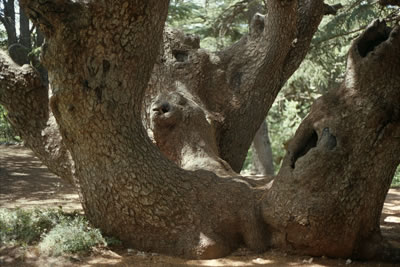
Cedar 1, Lebanon 300, C-print, 30 x 40 inches

Olive Trees From Lebanon 3, C-print, 40 x 30 inches

Ostia Antica, silver gelatin print, 11 x 14 inches
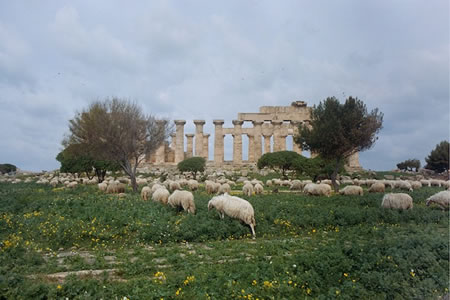
Selinunte 1, 2002, C-print, 28 1/2 x 42 inches
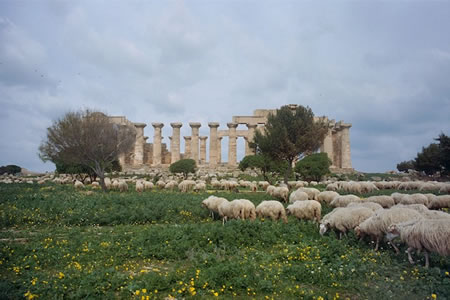
Selinunte 2, 2002, C-print, 28 1/2 x 42 inches

Palatino , 2002, C-print, 28 1/2 x 42 inches
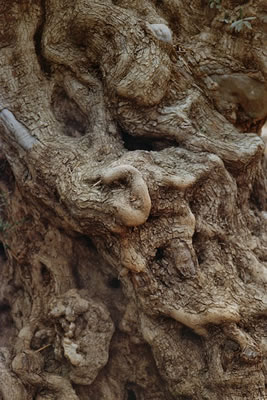
Lebanese Olive Tree 3, 2010, C-print, 32 x 22 inches

Lebanese Olive Tree 2, 2010, C-print, 32 x 22 inches
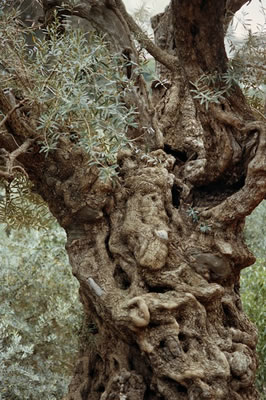
Lebanese Olive Tree 1, 2010, C-print, 28 1/2 x 42 inches
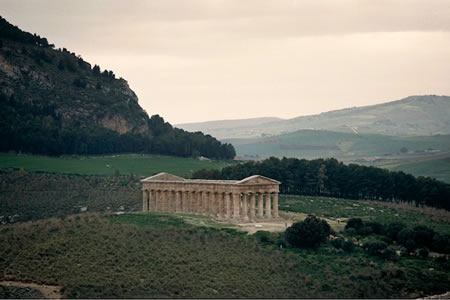
Segesta 1, 2002, C-print, 28 1/2 x 42 inches